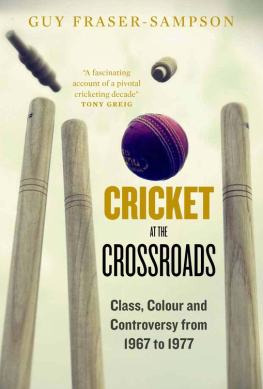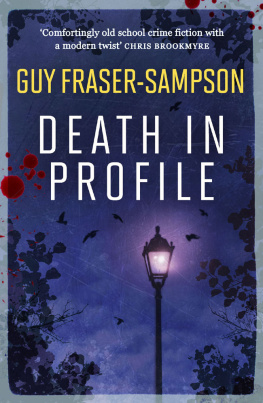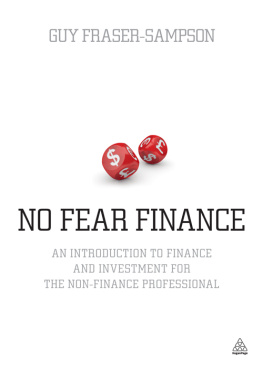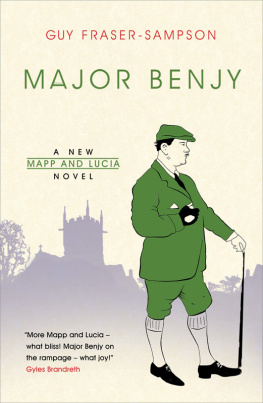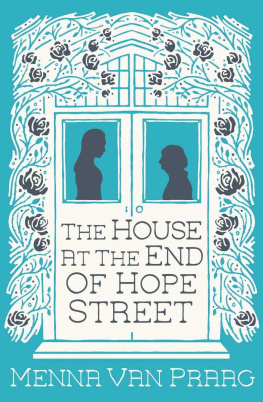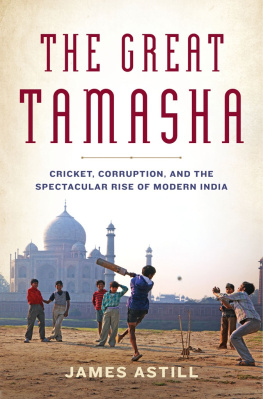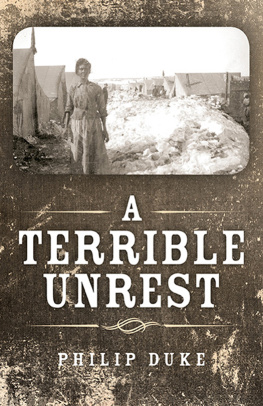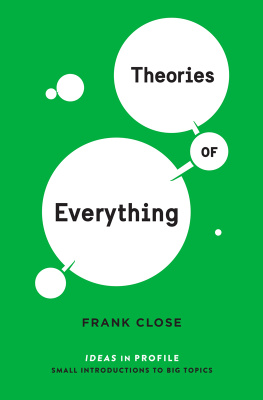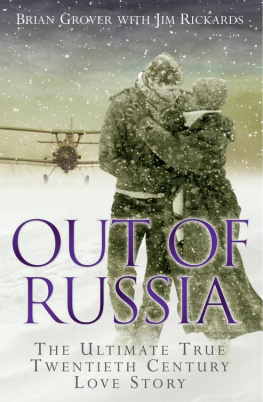T o say that the writing of this book has been a labour of love would be an understatement. Being asked to write by a commercial publisher a book about my favourite period of cricket would feature at number two on my fantasy wish list, second only to being asked to join the Test Match Special commentary team. However, this particular fantasy could not have been fulfilled without the help of others, let alone their support and encouragement well above and beyond the call of duty.
Various former England players, including participants in that memorable game at Edgbaston in August 1967 (see Chapter 3), kindly agreed to be interviewed.
Christopher Martin-Jenkins most generously made time available from his impossibly hectic schedule as president of the MCC to offer insight, help and encouragement.
Keith Bradshaw allowed me access to the MCC archives, and Adam Chadwick and Neil Robinson kindly facilitated this.
Frances Edmonds, wife of Phil and a noted author in her own right, introduced me to her daughter Alexandra, who in turn passed me her unpublished dissertation on the socio-political background to the DOliveira affair.
Olivia Bays shepherded the book through publication with signal efficiency.
Lorne Forsyth had the vision to see that a book like this could be commercially viable, and the courage to make it happen. That he also has an encyclopaedic knowledge of cricket was a welcome bonus.
Finally, I would like to acknowledge an enormous debt to Remy Kawkabani: true gentleman, true friend.
I n 1967 British society was outwardly conventional and conservative. Those attending cricket, or even football matches, did so in a jacket and tie, and gave up their seats on trains and buses on the way home. Yet underneath this hard, polite exterior lay something altogether darker an implicit belief that one person could be naturally inferior to another (and therefore treated as such) simply on grounds of class, colour, or ethnic background.
For those who were subjected to such a belief, or who took exception to it on grounds of principle, it could easily lead to anger, an anger which would at various times during this story spill out into the open. On two occasions in particular, this anger would swirl around the MCC in its cricketing bastion at Lords. On each occasion they would ignore it to secure their short-term objectives, but on each occasion, by ignoring it, emerge with their reputation badly dented.
There was also uncertainty born of frustration and confusion. The old ways were being swept away, to the consternation and dismay of some, and the exultation of others. Yet, whichever side of the fence you were on, nobody seemed to know quite what was going to replace them.
There was anger and despair born of the bitter social divisions which had always plagued Britain, perhaps uniquely so. Not for nothing did foreign competitors refer mockingly to the constant labour unrest that paralysed the UKs factories as the British disease. Between 1967 and 1977 over 60 million working days were lost to strikes.
These divisions between north and south, working class and middle class, them and us had always been explicit within the game of cricket, with cricketers being classified officially as either gentlemen (amateurs) or players (professionals), and both treated and described differently. The distinction was formally abolished after 1962 and the MCC tour of Australia that winter, managed by no less a personage than His Grace the Duke of Norfolk, was the last to take place under the old system, with the players being accorded different treatment according to whether they were amateurs or professionals, even down to how their names were recorded and to which events they were invited.
There was anger born of a growing recognition that successive governments had badly mismanaged the economy, and yet it was the people who were going to have to pay the bill. This period would see the highest rates of income tax in history, a devaluation of the pound, Britain going bust and having to ask for an IMF bail-out, and retail prices trebling, leaving professional cricketers, already poorly paid in 1967 and without a trade union to argue their cause, dramatically worse off in real terms.
In due course, a sea-change in economic management would come from a grocers daughter from Grantham, and a sea-change in the fortunes of professional cricketers would come from the grandson of a penniless horse racing punter from Tasmania.
Yet in the meantime, it was in the game of cricket that many of these conflicts and tensions would play themselves out. Of course individual character and personality would play their part, as would both destiny and chance, but underpinning much of what would happen on and off the cricket pitch during the ensuing decade was a strong, ongoing and increasingly resented sense of them and us. During the ten years from 1967 onwards the cricket world would be shaken to the core as the consequences of this division played themselves out. By 1977 both British society and the sport itself would look quite different.
I t was a sweltering afternoon in 1967 as the England cricket team stepped off a BOAC jet in Barbados and dutifully posed for photos, led by their captain Colin Cowdrey. The beginning of a cricket tour is always aflutter with anticipation. Which newcomer will give glimpses of potential that may be richly fulfilled in the future? Will one of the struggling players find form and confidence simultaneously and leave for home at the end of the tour with their reputation enhanced, and their place in the side secure? It is at this point, of course, that those of a darker imagination will pose the third pertinent question: will one of the established veterans slink moodily onto the plane home, suffering the awkward glances of his fellows, undone by injury or inconsistency, and facing the grim possibility that his Test career may be over?
In respect of this particular team that December afternoon it was the first of these questions that must surely have lain uppermost in the minds of the attending journalists; both those meeting the plane on arrival and those travelling with the team from England, which latter crowd included a certain Brian Close, of whom more shortly. For this was a team chosen consciously to mark a break with the past, featuring a crop of mostly younger players who, it was hoped by the selectors, might form the bedrock of the England team for some years to come. To those who had followed England in recent years it had a somewhat unfamiliar look to it.
The era of Fred Trueman and Brian Statham was over, both having played their last Tests two years previously. John Murray, until recently rated unquestioningly as the best wicketkeeper in the country, was missing. There were some who felt he had been unlucky to be overlooked after his batting heroics against the West Indies in England in 1966, but in truth 1967 had been a wretched year for him.
Missing was the evergreen Tony Lock, one of the best left-arm spinners ever to play the game and who had reinvented himself with a new action and a new county as well as playing first-class cricket for Western Australia. He would therefore have been eligible for selection. However, he was 38 while his obvious like-for-like replacement, Derek Underwood, was just 22, and even he did not make the tour, despite his obvious promise.
Missing too was Bob Barber, felt by many to be the natural opening partner for the slower-scoring Geoff Boycott; he had declared himself unavailable because of business commitments. Nor, for the same reason, was there any return of the cavalier Ted Dexter, one of the most exciting batsmen ever to play for England; he had not played a Test since 1965, much to the disappointment of crowds around the world.

